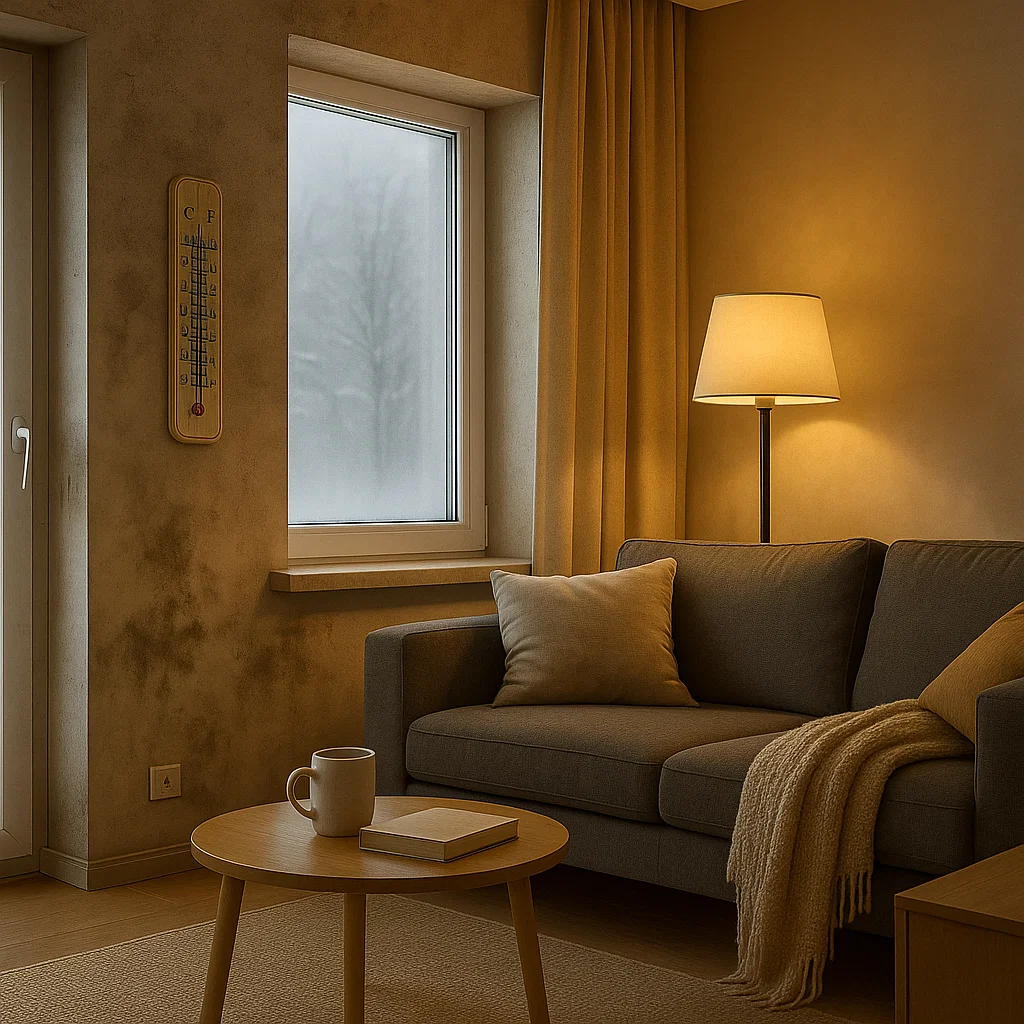.avif)
With up to 14 sensors, the air-Q monitors the air for pollutants and factors that also promote mold growth. The mold-free index constantly evaluates air humidity, temperature and other mold-promoting factors and thus indicates potential risks at an early stage. This allows you to take targeted preventative measures before visible damage occurs.


If rooms have high humidity and temperature, mould can quickly form. Especially when the air is contaminated with specific pollutants, the risk of a mould infestation that is harmful to health increases. You can prevent mould from forming with the air-Q air measuring device, because the air-Q is the most sensitive air sensor in the world - and smart! Protect your home from anywhere and monitor the values via smartphone app or via the desktop version.
Find out how you can detect and prevent mold with the air-Q and how the air‑Q mold-free index works.
.jpg)
.jpg)


The air-Q mold-free index was developed to assess the potential risk of mold. It analyzes humidity and temperature over a certain period of time to assess the potential mold load. A high mould-free index means low risk, while a low index indicates an increased risk.
The mould-free index can be viewed in the air-Q app and is displayed as a single sensor value. All display options are also available for the mould-free index, including LED themes on the air-Q, acoustic notifications, push/email messages and smart widgets. smart widgets.
Content
Effective methods for mold prevention in living spaces include:
Signs of mold infestation include
To reduce the humidity in your home and prevent mold growth, you can take the following measures:
Indoor mold growth can be caused by a variety of factors, including high humidity, poor ventilation, water damage and cool temperatures. The most common sources of moisture include leaking pipes, excessive showering or cooking without adequate ventilation and the accumulation of condensation on cold surfaces. To prevent mould, these causes should be identified and remedied at an early stage.